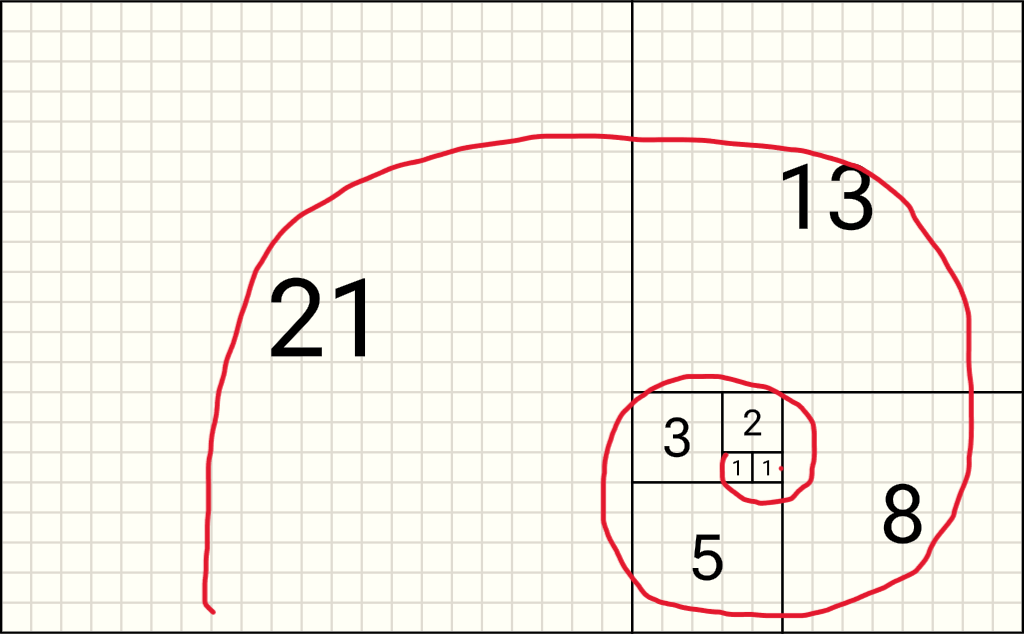Java program to find Nth fibonacci number
 Dhanush
Dhanush
This program calculates the Nth Fibonacci number using a technique called matrix exponentiation.
import java.util.*;
public class NthFibonacci {
static final int MOD = (int) 1e9 + 7;
//Method to perform matrix multiplication
static long[][] multiply(long[][] A, long[][] B) {
int rowA = A.length;
int colA = A[0].length;
int colB = B[0].length;
long[][] C = new long[rowA][colB];
for (int i = 0; i < rowA; i++) {
for (int j = 0; j < colB; j++) {
for (int k = 0; k < colA; k++) {
C[i][j] = (C[i][j] + (A[i][k] * B[k][j]) % MOD) % MOD;
}
}
}
return C;
}
//Method to perform matrix exponentiation
static long[][] power(long[][] M, int n) {
if (n == 1) return M;
long[][] half = power(M, n / 2);
long[][] result = multiply(half, half);
if (n % 2 == 1) result = multiply(result, M);
return result;
}
The power method calculates the matrix raised to the power of N. It uses recursion and optimizes the process by halving the exponent at each step. The method called multiply performs matrix multiplication. This is a key operation in the matrix exponentiation technique.
//Method to find the Nth Fibonacci number using matrix exponentiation
public static int fibonacciNumber(int n) {
if (n <= 1) return n;
long[][] M = {{1, 1}, {1, 0}};
long[][] result = power(M, n - 1);
return (int) result[0][0];
}
public static void main(String[] args) {
Scanner scanner = new Scanner(System.in);
int n = scanner.nextInt();
System.out.println(fibonacciNumber(n));
scanner.close();
}
}
This program efficiently calculates the nth Fibonacci number using matrix exponentiation, which has a time complexity of O(log n), making it much faster than the traditional recursive approach with O(2^n) time complexity.
Subscribe to my newsletter
Read articles from Dhanush directly inside your inbox. Subscribe to the newsletter, and don't miss out.
Written by

Dhanush
Dhanush
Software Developer